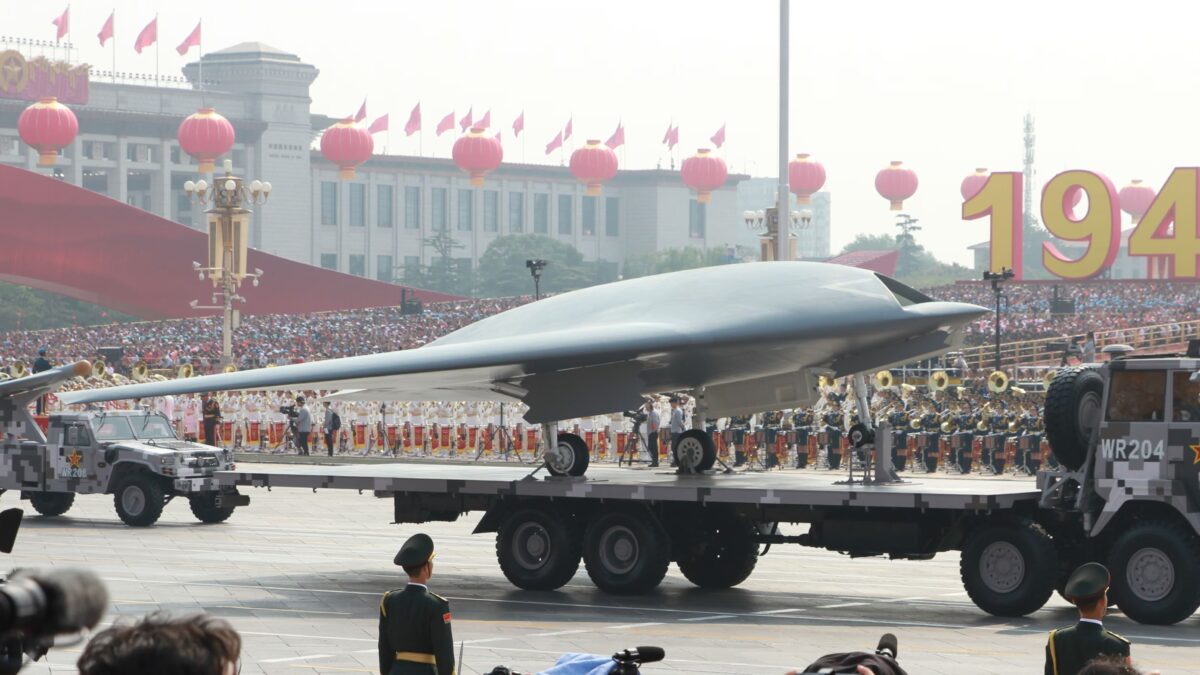China marked a major milestone in military aviation with the successful inaugural flight of its next-generation sixth-generation fighter aircraft on December 26. The plane seen in Chinese airspace is said to include sophisticated technologies like high-altitude functioning abilities, extensive-range super-cruise, and may be developed as a ‘space-capable’ fighter jet.
This advancement positions China alongside the United States in the competition for next-generation fighter technology, although details regarding its operational abilities are still confidential. Official details about the sixth-generation fighter aircraft flight are awaited.

China’s 6th-generation fighter jet seen taking its first flight | X (Screengrab)
China’s 6th-generation fighter jet, rumored to feature advanced stealth capabilities and next-generation avionics systems, is set to revolutionize air combat. Its seamless coordination with unmanned aerial vehicles (UAVs) could redefine manned-unmanned teaming in future warfare. The jet also has the potential to carry hypersonic weapons, a technology China has made significant strides in developing. It is expected to be equipped with state-of-the-art radar systems capable of detecting and engaging threats at greater distances, giving pilots a crucial advantage in modern air battles.
The successful flight of China’s 6th-generation fighter jet has profound implications for the PLAAF and the global balance of military power. The United States, which is developing its own next-generation air superiority fighter under the Next Generation Air Dominance (NGAD) program, will likely view China’s progress as a catalyst to fast-track its own plans. The successful debut of China’s fighter will likely encourage the U.S. to further invest in artificial intelligence, advanced stealth, and hypersonic weapons to ensure its continued dominance in the skies.
In Europe, the UK, Italy, and Japan are collaborating on the Global Combat Air Program (GCAP), aiming to produce a next-generation fighter jet by the early 2030s. This program is designed to replace the Eurofighter Typhoon and will likely incorporate many of the same advanced technologies expected in China’s 6th-gen fighter, including enhanced stealth and autonomous systems. The developments in China are likely to influence the direction of European fighter programs, ensuring they do not fall behind in the race for air superiority.
Russia, while less vocal about its 6th-gen fighter program, is also working on advancing its military aviation technology. The Su-57 Felon is the cornerstone of Russia’s efforts to modernize its air force, but it remains uncertain whether it will be able to match the technological advancements pursued by China and the U.S.
